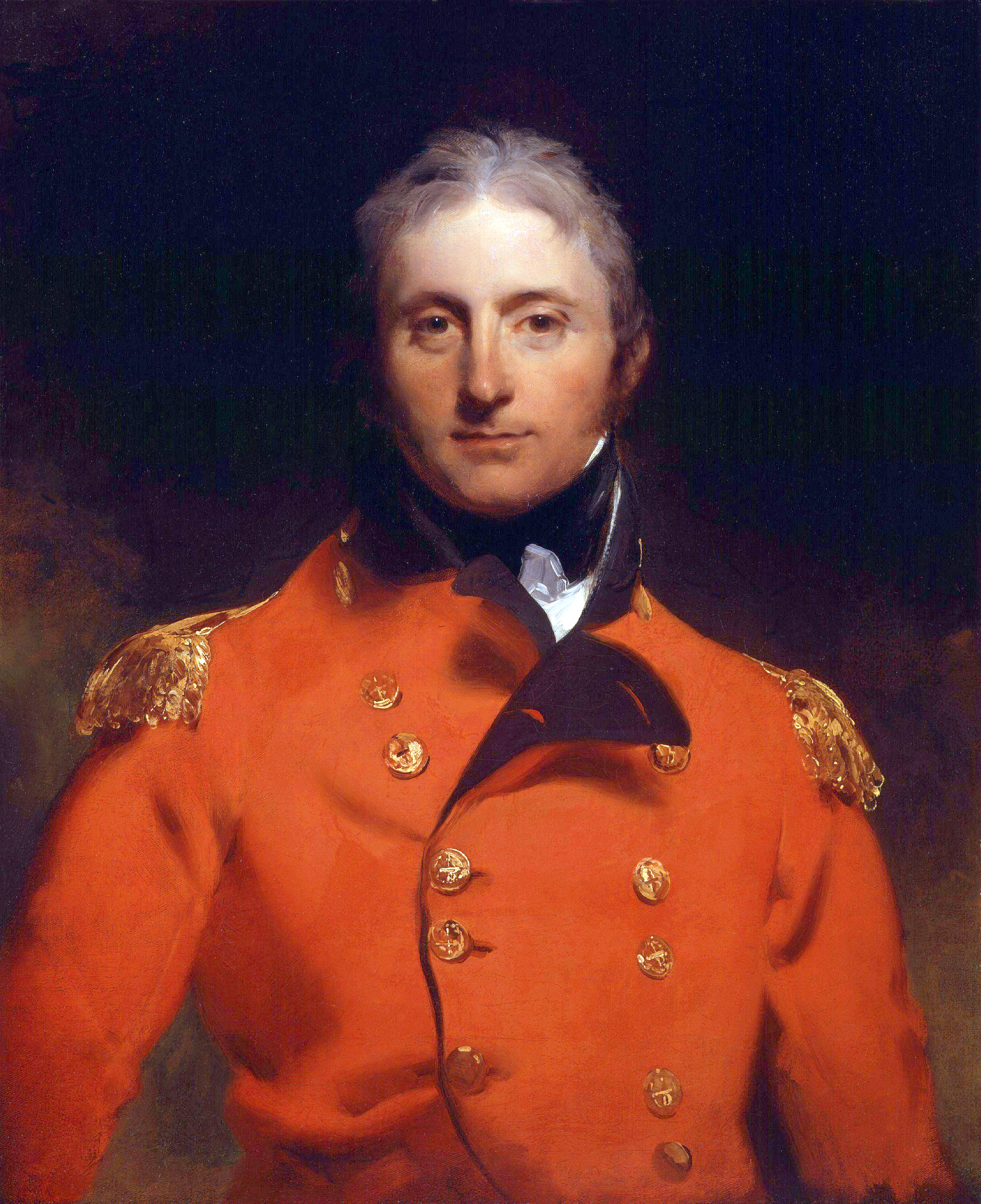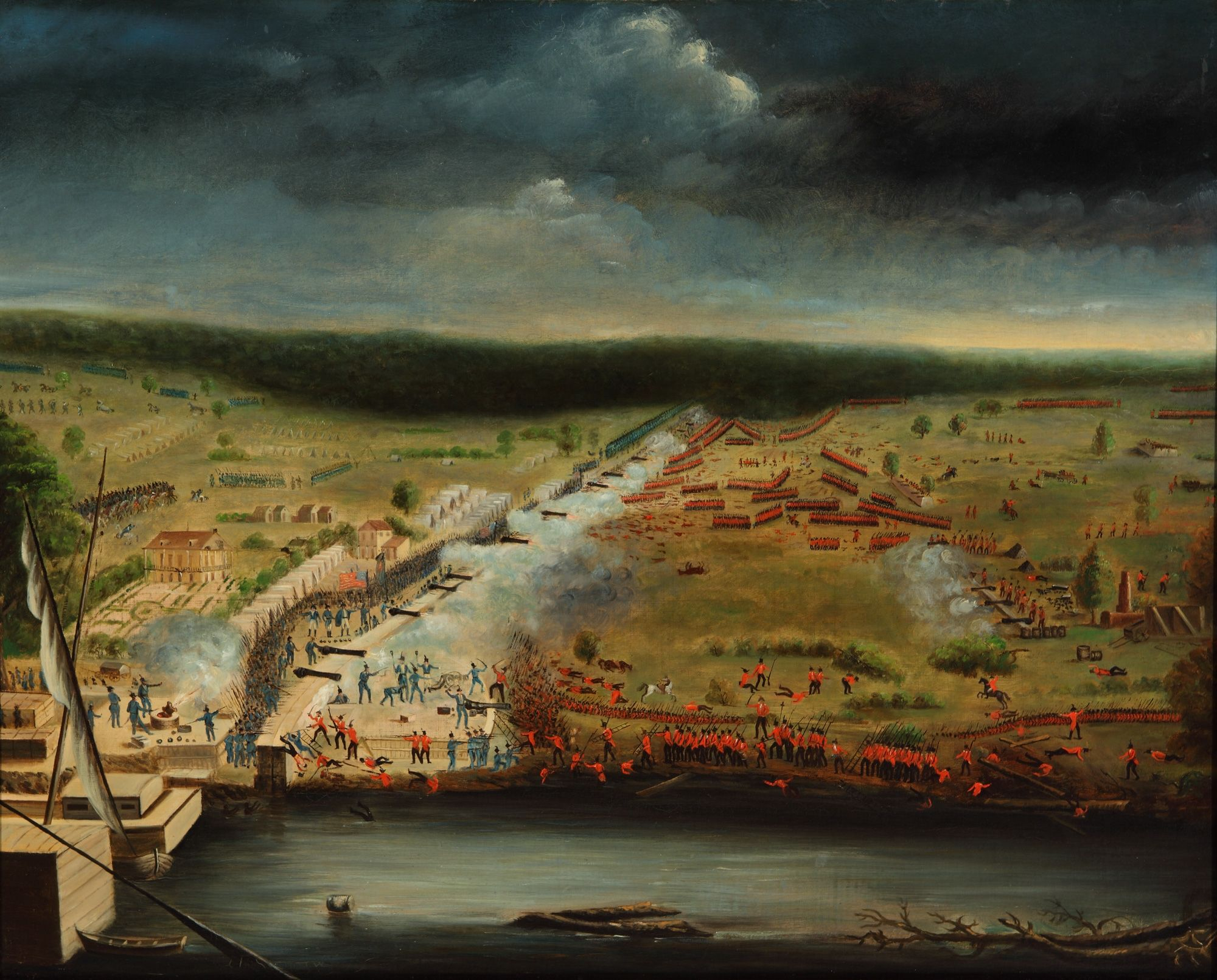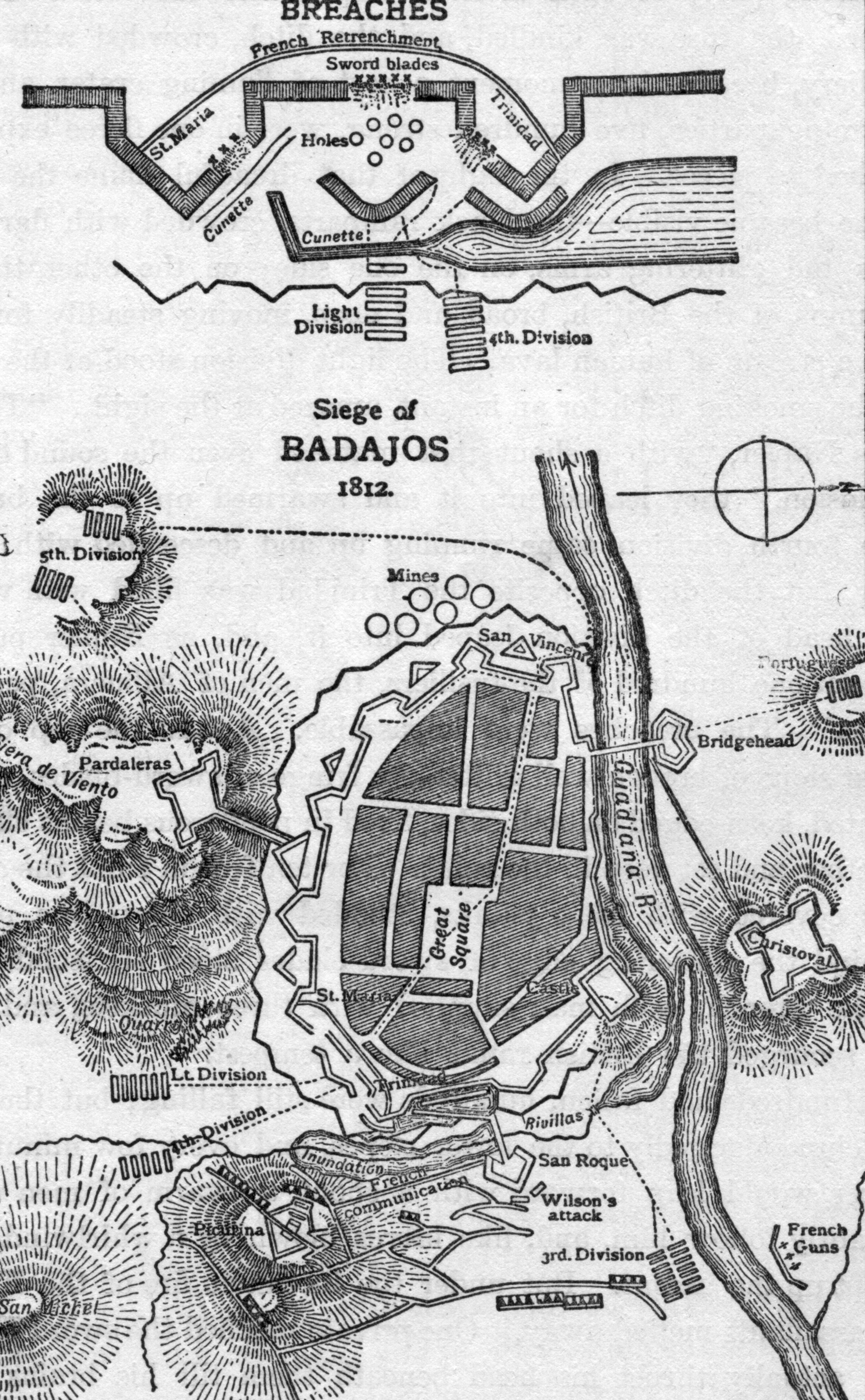|
James Fergusson (British Army Officer)
General Sir James Fergusson, (17 March 1787 – 4 September 1865) was a British Army officer during the Napoleonic Wars and the Governor of Gibraltar from 1855 to 1859. Military career Born on 17 March 1787 to Charles and Ann Fergusson, Fergusson was commissioned as ensign in 1801, in the 18th (Royal Irish) Regiment of Foot, before transferring to the 43rd (Monmouthshire) Regiment of Foot, training as light infantry under Sir John Moore at Shorncliffe. Promoted lieutenant in 1804, and captain in 1806, he served in the Light Division throughout the Peninsular War. Fergusson was present at the battles of Roliça, Vimeiro, (where he sustained wounds), and Corunna, where his regiment formed part of the reserve. Fergusson accompanied the 43rd on the 1809 Walcheren Expedition before returning to the Peninsula, experiencing action at River Côa, Bussaco, Sabugal, Fuentes de Onoro, as well as Ciudad Rodrigo and Badajoz, where he formed part of the 43rd's storming p ... [...More Info...] [...Related Items...] OR: [Wikipedia] [Google] [Baidu] |
Cork (city)
Cork ( , from , meaning 'marsh') is the second largest city in Ireland and third largest city by population on the island of Ireland. It is located in the south-west of Ireland, in the province of Munster. Following an extension to the city's boundary in 2019, its population is over 222,000. The city centre is an island positioned between two channels of the River Lee which meet downstream at the eastern end of the city centre, where the quays and docks along the river lead outwards towards Lough Mahon and Cork Harbour, one of the largest natural harbours in the world. Originally a monastic settlement, Cork was expanded by Viking invaders around 915. Its charter was granted by Prince John in 1185. Cork city was once fully walled, and the remnants of the old medieval town centre can be found around South and North Main streets. The city's cognomen of "the rebel city" originates in its support for the Yorkist cause in the Wars of the Roses. Corkonians sometimes refer to ... [...More Info...] [...Related Items...] OR: [Wikipedia] [Google] [Baidu] |
Battle Of Corunna
The Battle of Corunna (or ''A Coruña'', ''La Corunna'', ''La Coruña'' or ''La Corogne''), in Spain known as Battle of Elviña, took place on 16 January 1809, when a French corps under Marshal of the Empire Jean de Dieu Soult attacked a British army under Lieutenant-General Sir John Moore. The battle took place amidst the Peninsular War, which was a part of the wider Napoleonic Wars. It was a result of a French campaign, led by Napoleon, which had defeated the Spanish armies and caused the British army to withdraw to the coast following an unsuccessful attempt by Moore to attack Soult's corps and divert the French army. Doggedly pursued by the French under Soult, the British made a retreat across northern Spain while their rearguard fought off repeated French attacks. Both armies suffered extremely from the harsh winter conditions. Much of the British army, excluding the elite Light Brigade under Robert Craufurd, suffered from a loss of order and discipline during the retrea ... [...More Info...] [...Related Items...] OR: [Wikipedia] [Google] [Baidu] |
Battle Of Nive
The Battles of the Nive (9–13 December 1813) were fought towards the end of the Peninsular War. Arthur Wellesley, Marquess of Wellington's Anglo-Portuguese and Spanish army defeated Marshal Nicolas Soult's French army on French soil in a series of battles near the city of Bayonne. Unusually, for most of the battle, Wellington remained with the Reserve delegating command to his senior Lieutenant-Generals Rowland Hill and John Hope. Background Wellington's army had successfully pushed the French army out of Spain, over the Pyrenees, and into south-west France. After his defeat at Nivelle, Marshal Soult fell back to a defensive line south of the town of Bayonne along the Adour and Nive rivers. The rivers and the Bay of Biscay near Bayonne form a rough Greek letter Pi (π). The left vertical leg is the coast, the right vertical leg is the Nive and the crossbar is the Adour. Bayonne is located where the Nive joins the Adour. Initially, Wellington's army was confined to ... [...More Info...] [...Related Items...] OR: [Wikipedia] [Google] [Baidu] |
Battle Of Nivelle
The Battle of Nivelle (10 November 1813) took place in front of the river Nivelle near the end of the Peninsular War (1808–1814). After the Allied siege of San Sebastian, Wellington's 80,000 British, Portuguese and Spanish troops (20,000 of the Spaniards were untried in battle) were in hot pursuit of Marshal Soult who had 60,000 men to place in a 20-mile perimeter. After the Light Division, the main British army was ordered to attack and the 3rd Division split Soult's army in two. By two o'clock, Soult was in retreat and the British in a strong offensive position. Soult had lost another battle on French soil and had lost 4,500 men to Wellington's 5,500. Background In the Siege of San Sebastian, the Anglo-Portuguese stormed and captured the port at the beginning of September 1813. In the Battle of San Marcial on 31 August, Soult failed to break through the Spanish defences in his final attempt to relieve the siege. The French army then fell back to defend the Bidassoa ... [...More Info...] [...Related Items...] OR: [Wikipedia] [Google] [Baidu] |
Battle Of The Bidassoa (1813)
In the Battle of the Bidasoa (or the Battle of Larrun) on 7 October 1813 the Allied army of Arthur Wellesley, Marquess of Wellington wrested a foothold on French soil from Nicolas Soult's French army. The Allied troops overran the French lines behind the Bidassoa River on the coast and along the Pyrenees crest between the Bidasoa and La Rhune (Larrun). The nearest towns to the fighting are Irun on the lower Bidassoa and Bera on the middle Bidasoa. The battle occurred during the Peninsular War, part of the wider Napoleonic Wars. Wellington aimed his main assault at the lower Bidasoa, while sending additional troops to attack Soult's centre. Believing his coastal sector secure, Soult held the right flank with a relatively weak force while concentrating most of his strength on his left flank in the mountains. However, the British general obtained local intelligence that indicated that water levels on the lower river were much lower than the French suspected. After careful plann ... [...More Info...] [...Related Items...] OR: [Wikipedia] [Google] [Baidu] |
85th Regiment Of Foot (Bucks Volunteers)
The 85th (Bucks Volunteers) Regiment of Foot was a British Army line infantry regiment, raised in 1793. Under the Childers Reforms it amalgamated with the 53rd (Shropshire) Regiment of Foot to form the King's Shropshire Light Infantry in 1881. History Formation The regiment was raised in Buckinghamshire by Lieutenant-Colonel George Nugent as the 85th Regiment of Foot, in response to the threat posed by the French Revolution, on 18 November 1793. The regiment was sent to join the Duke of York's army in the Netherlands in 1794 as part of the unsuccessful defence of that country against the Republican French during the Flanders Campaign. It was posted to Gibraltar in 1795 and returned home in 1797. It embarked for the Netherlands again in August 1799 and saw action at the Battle of Alkmaar and the Battle of Castricum in October 1799 during the Anglo-Russian invasion of Holland. Napoleonic Wars A second battalion was raised in 1800. The 1st Battalion was deployed to Madeira in 18 ... [...More Info...] [...Related Items...] OR: [Wikipedia] [Google] [Baidu] |
Battle Of Salamanca
The Battle of Salamanca (in French and Spanish known as the Battle of Arapiles) on 22July 1812 was a battle in which an Anglo-Portuguese army under the Earl of Wellington defeated Marshal Auguste Marmont's French forces at Arapiles, south of Salamanca, Spain, during the Peninsular War. A Spanish division was also present but took no part in the battle. The battle involved a succession of flanking manoeuvres in oblique order, initiated by the British heavy cavalry brigade and Pakenham's 3rd Division and continued by the cavalry and the 4th, 5th and 6th divisions. These attacks resulted in a rout of the French left wing. Marmont and his deputy commander, General Bonet, received shrapnel wounds in the first few minutes of firing. Confusion amongst the French command may have been decisive in creating an opportunity, which Wellington seized. General Bertrand Clauzel, third in seniority, assumed command and ordered a counter-attack by the French reserve toward the deplete ... [...More Info...] [...Related Items...] OR: [Wikipedia] [Google] [Baidu] |
Battle Of Badajoz (1812)
In the siege of Badajoz (16 March – 6 April 1812), also called the third siege of Badajoz, an Anglo-Portuguese Army under the Earl of Wellington (later the Duke of Wellington) besieged Badajoz, Spain, and forced the surrender of the French garrison. The siege was one of the bloodiest in the Napoleonic Wars and was considered a costly victory by the British, with some 4,800 Allied soldiers killed or wounded in a few short hours of intense fighting during the storming of the breaches as the siege drew to an end. Enraged at the huge number of casualties they suffered in seizing the city, the troops broke into houses and stores consuming vast quantities of alcohol with many of them then going on a rampage, threatening their officers and ignoring their commands to desist, and even killing several. It took three days before the men were brought back into order. When order was restored, an estimated 200-300 civilians had been killed or injured. Background The allied campaign ... [...More Info...] [...Related Items...] OR: [Wikipedia] [Google] [Baidu] |
Siege Of Ciudad Rodrigo (1812)
In the siege of Ciudad Rodrigo, Spain, (7–20 January 1812) the Viscount Wellington's Anglo-Portuguese Army besieged the city's French garrison under General of Brigade Jean Léonard Barrié. After two breaches were blasted in the walls by British heavy artillery, the fortress was successfully stormed on the evening of 19 January 1812. After breaking into the city, British troops went on a rampage for several hours before order was restored. Wellington's army suffered casualties of about 1,700 men including two generals killed. Strategically, the fall of the fortress opened the northern gateway into French-dominated Spain from British-held Portugal. An earlier siege of Ciudad Rodrigo occurred in 1810 when the French captured the city from Spanish forces. Background The allied campaign in Spain started with the Siege of Ciudad Rodrigo. Preliminary operations As part of his strategy in Spain, Napoleon ordered Marshal Auguste Marmont to send 10,000 troops to help Mar ... [...More Info...] [...Related Items...] OR: [Wikipedia] [Google] [Baidu] |
Battle Of Fuentes De Onoro
A battle is an occurrence of combat in warfare between opposing military units of any number or size. A war usually consists of multiple battles. In general, a battle is a military engagement that is well defined in duration, area, and force commitment. An engagement with only limited commitment between the forces and without decisive results is sometimes called a skirmish. The word "battle" can also be used infrequently to refer to an entire operational campaign, although this usage greatly diverges from its conventional or customary meaning. Generally, the word "battle" is used for such campaigns if referring to a protracted combat encounter in which either one or both of the combatants had the same methods, resources, and strategic objectives throughout the encounter. Some prominent examples of this would be the Battle of the Atlantic, Battle of Britain, and Battle of Stalingrad, all in World War II. Wars and military campaigns are guided by military strategy, whereas ba ... [...More Info...] [...Related Items...] OR: [Wikipedia] [Google] [Baidu] |
Battle Of Sabugal
The Battle of Sabugal was an engagement of the Peninsular War which took place on 3 April 1811 between Anglo-Portuguese forces under Arthur Wellesley (later the Duke of Wellington) and French troops under the command of Marshal André Masséna. It was the last of many skirmishes between Masséna's retreating French forces and those of the Anglo-Portuguese under Wellington, who were pursuing him after the failed 1810 French invasion of Portugal. In poor weather, with heavy rain and fog, Allied forces succeeded in forcing the demoralized French force into retreat. The victory was lauded by the British; Sir Harry Smith, then a junior officer of the 95th Rifles and a participant in the battle, remarked "Oh, you Kings and usurpers should view these scenes and moderate ambition" while Wellesley later referred to the Light Division's action in the battle as "one of the most glorious that British troops were ever engaged in". Background By October 1810, Marshal Massena’s Fren ... [...More Info...] [...Related Items...] OR: [Wikipedia] [Google] [Baidu] |







_map.jpg)
